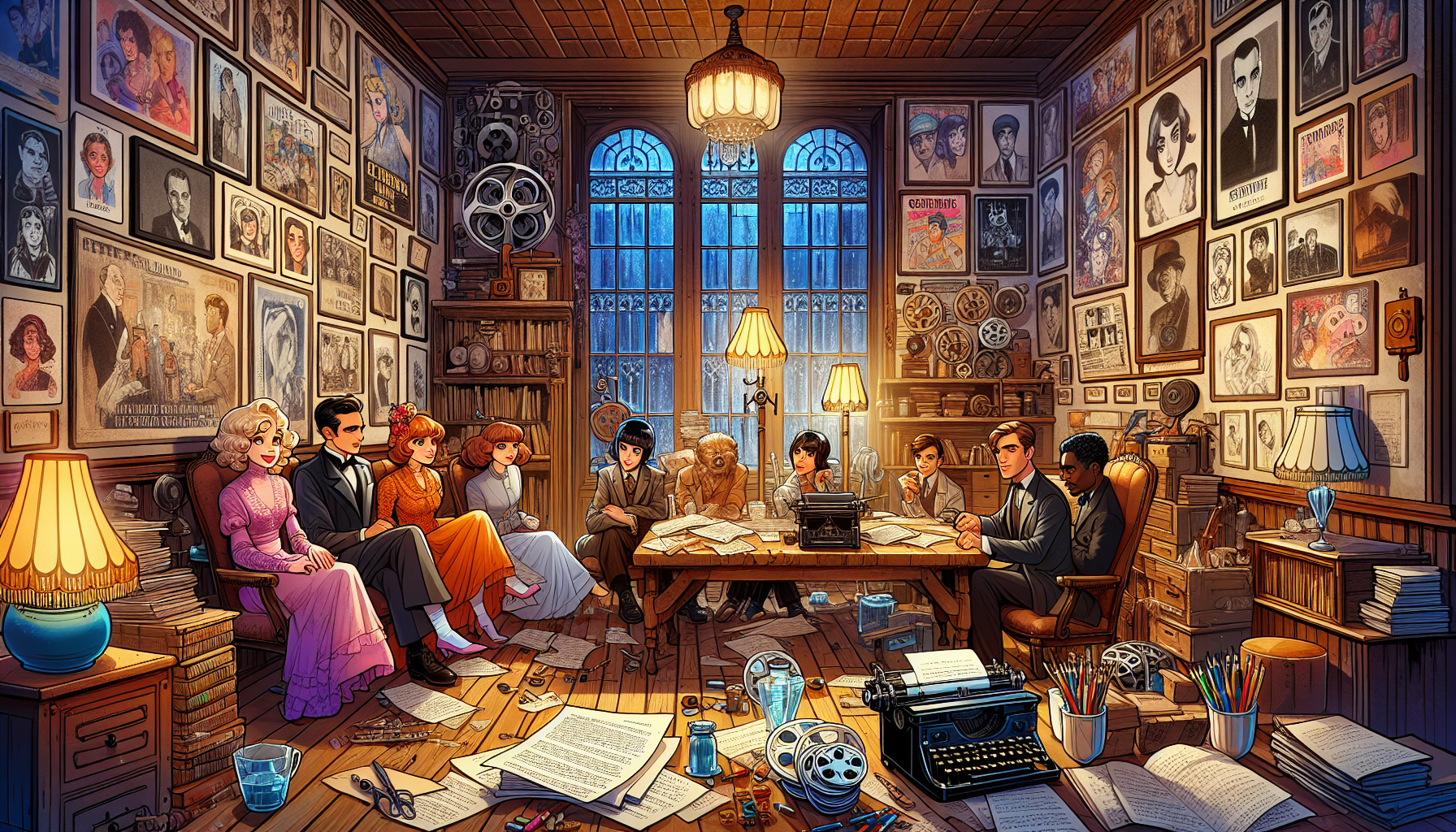
Introduction
Animated films are not just a source of entertainment; they hold incredible lessons for screenwriters. With their complex narratives, rich characters, and imaginative settings, they often transcend the boundaries of age and culture. From classics like Disney’s The Lion King to innovative narratives seen in Pixar’s Inside Out, there’s a wealth of knowledge to be gleaned. Many animated films are renowned for their powerful storytelling themes, with nuances that can help refine and improve screenwriting skills.
1. Toy Story (1995)
As the first feature-length film animated entirely by CGI, Toy Story revolutionized storytelling techniques. It teaches the importance of character dynamics and evolution. Woody’s journey from jealousy to friendship with Buzz Lightyear offers a classic example of character development and arcs, crucial elements for any screenwriting.
2. Spirited Away (2001)
This masterpiece by Hayao Miyazaki is rich in themes, settings, and character complexity, offering lessons on building enchanting worlds while staying rooted in human emotions. Spirited Away’s intricate plot and character interactions demonstrate how to maintain tension and intrigue in a screenplay.
3. Inside Out (2015)
Pixar’s Inside Out delves into the inner workings of a child’s mind with inventiveness and emotional depth, demonstrating how to incorporate psychological complexities into a narrative to drive the plot and the character’s development.
4. Finding Nemo (2003)
This film is a tutorial on how to create urgent, compelling quests that drive the narrative forward, with memorable and distinct characters. It emphasizes the power of emotional stakes and a strong motivational goal.
5. The Lion King (1994)
The Lion King showcases how to craft a timeless narrative by borrowing the universal themes of betrayal, redemption, and personal growth. Its Shakespearean roots via elements similar to “Hamlet” illustrate the importance of classic storytelling underpinnings.
6. Up (2009)
With its unconventional protagonist and poignant backstory, Up deftly balances humor, heartbreak, and adventure, providing lessons in handling tone and pacing while keeping the audience emotionally invested.
7. Shrek (2001)
Shrek flips traditional fairy tale narratives, promoting originality. It provides screenwriters a prime example of playing with genre expectations and crafting characters that defy stereotypes.
8. Coraline (2009)
This movie demonstrates how to adapt a novel into a screenplay creatively while maintaining its dark, whimsical essence. Coraline is also a prime example of building suspense and a compelling antagonist in a script.
9. The Incredibles (2004)
The Incredibles explores dynamics within a superhero family, mixing action, personal drama, and societal expectations, which teaches how to maintain a balance between different story elements that appeal to both young and adult audiences.
10. Ratatouille (2007)
This film is a compelling look at ambition and creativity through the eyes of a rat who wants to be a chef. It shows how to merge an unusual protagonist with an unexpected plot, emphasizing the importance of originality and innovation.
11. Zootopia (2016)
With its timely themes around diversity and inclusion, Zootopia offers a great lesson in crafting relevant social narratives wrapped in a fun, engaging story. Its complex plot structure can teach about maintaining suspense and delivering a powerful message.
12. Kung Fu Panda (2008)
This animated film uses humor and action to explore deeper themes of self-belief and destiny, offering screenwriters insights into building characters whose personal growth is central to the film’s story.
13. Wallace & Gromit: The Curse of the Were-Rabbit (2005)
Using a unique brand of British humor and character-driven plots, this film demonstrates how to effectively pen a screenplay that relies heavily on visual gags and timing, making it instructive for writers focusing on comedy.
14. Princess Mononoke (1997)
This film tackles significant environmental and social issues through its complex narrative and multi-dimensional characters. It provides an example of how to write a script that weaves together themes of conflict and harmony between civilization and nature.
15. Big Hero 6 (2014)
Incorporating elements of buddy films, superhero tales, and personal tragedy, Big Hero 6 showcases how to blend different genres and emotional depths to create a cohesive and engaging narrative.
Conclusion
These fifteen animated films illustrate the multitude of ways in which animation can provide more than just visual splendor but also narratively enriching experiences. They teach key screenwriting skills such as developing strong character arcs, constructing thematic narratives, and engaging diverse audiences. Whether you’re a novice screenwriter or seasoned professional, revisiting these animated classics can ignite creativity and offer fresh perspectives on the art of storytelling.






